9 easiest vegetables to grow for beginners
There’s nothing better than fresh, homegrown vegetables. And if you’re new to the world of veggie planting, you’ll need to know the easiest vegetables to grow for beginners. Not only are homegrown produce organic and free from chemicals, but can save you money on your grocery bills in the long-run. What’s more, they are tastier, and quick to pick from plants straight to your plate.
While growing homegrown vegetables may seem tricky, knowing what the easiest vegetables to grow are can make all the difference, especially if you want a bumper harvest to last all year. The best thing is, you don’t even need a huge garden to grow vegetables, as you can easily plant them in pots, planters or raised beds. These can either be placed on windowsills, patio areas or anywhere that can provide sufficient light. So if you want to get started on your tasty, organic produce, here are nine of the easiest vegetables to grow for beginners.
If you want to learn how to grow root vegetables check out how to plant potatoes and when to do it.
1. Radishes
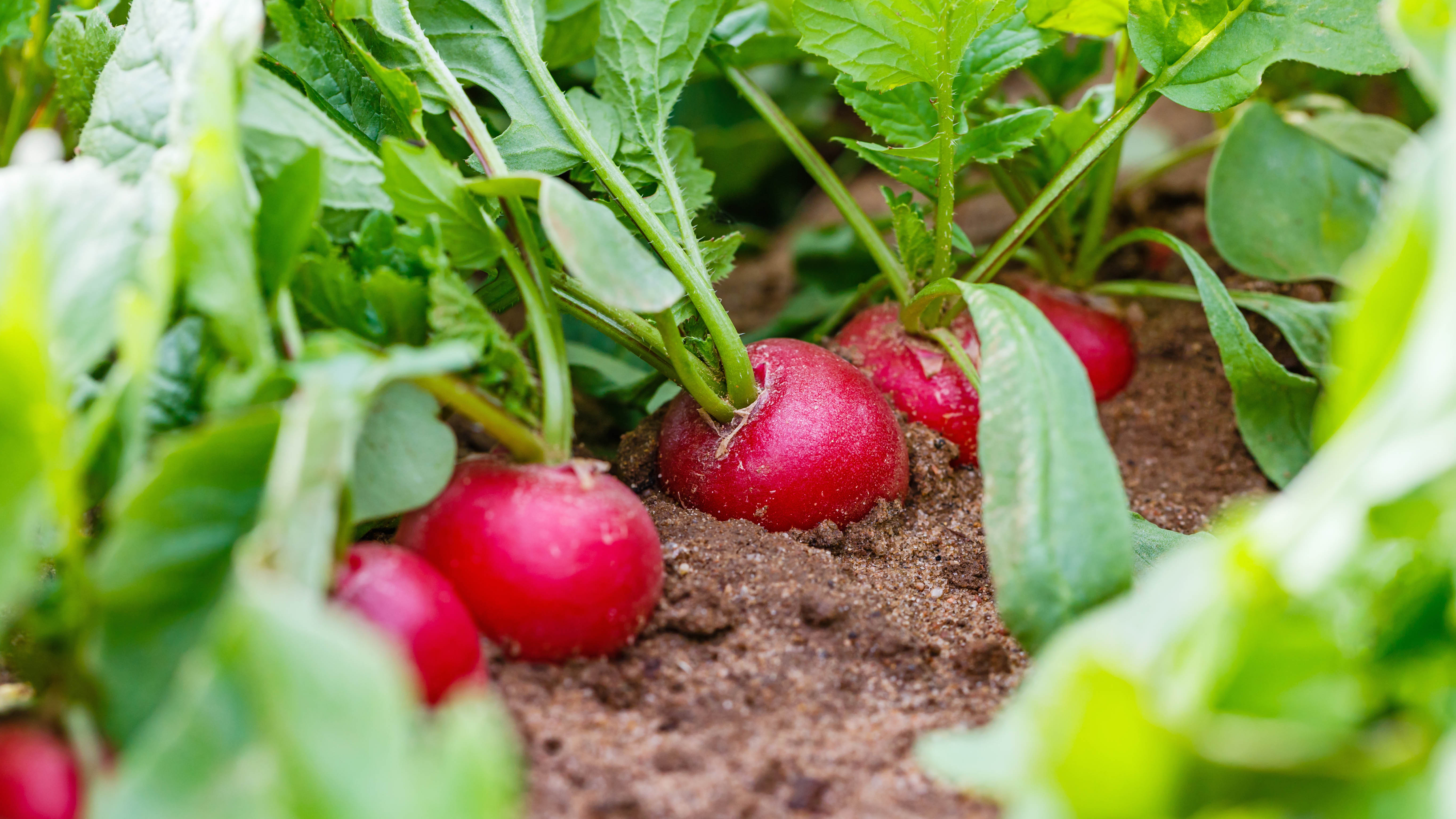
This root vegetable is one of the fastest-growing vegetables. It can either be used raw in salads or in hearty soups. When growing radishes from seed, space them 4 to 6 inches apart in rows and at least 6 inches deep in the soil. If they grow too close together, this will stunt their growth. Radishes grow rapidly, and can harvest within three weeks for some varieties.
2. Tomatoes
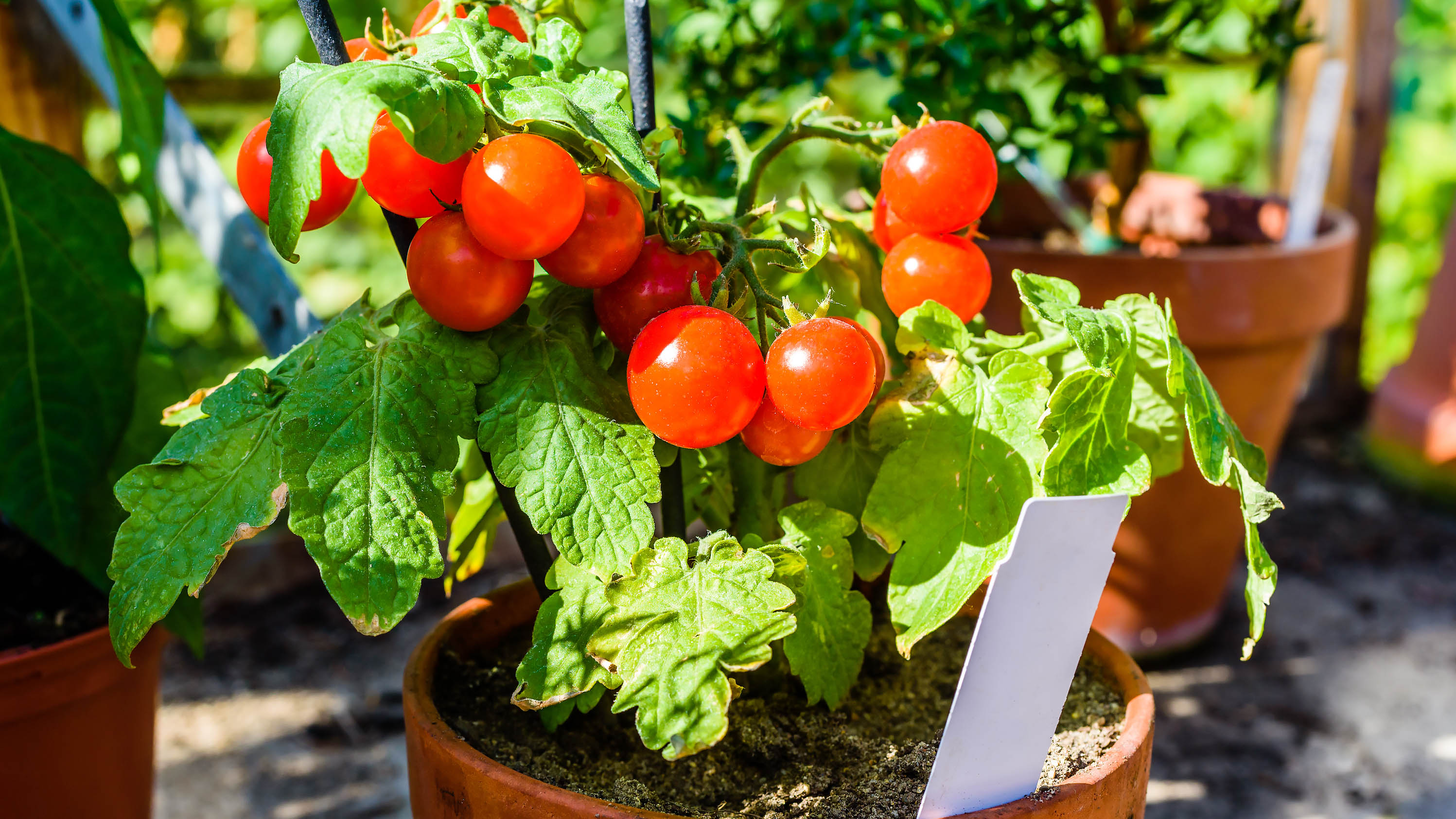
Cherry tomatoes are a popular, homegrown vegetable and can grow in abundance. Once you have your seedlings, plant them in well-drained soil in a sunny location. You can easily learn how to grow tomatoes from seeds, or how to grow tomatoes in pots in a few simple steps. Depending on the variety, tomatoes take 25 to 60 days to form fruits after flowering.
3. Lettuce
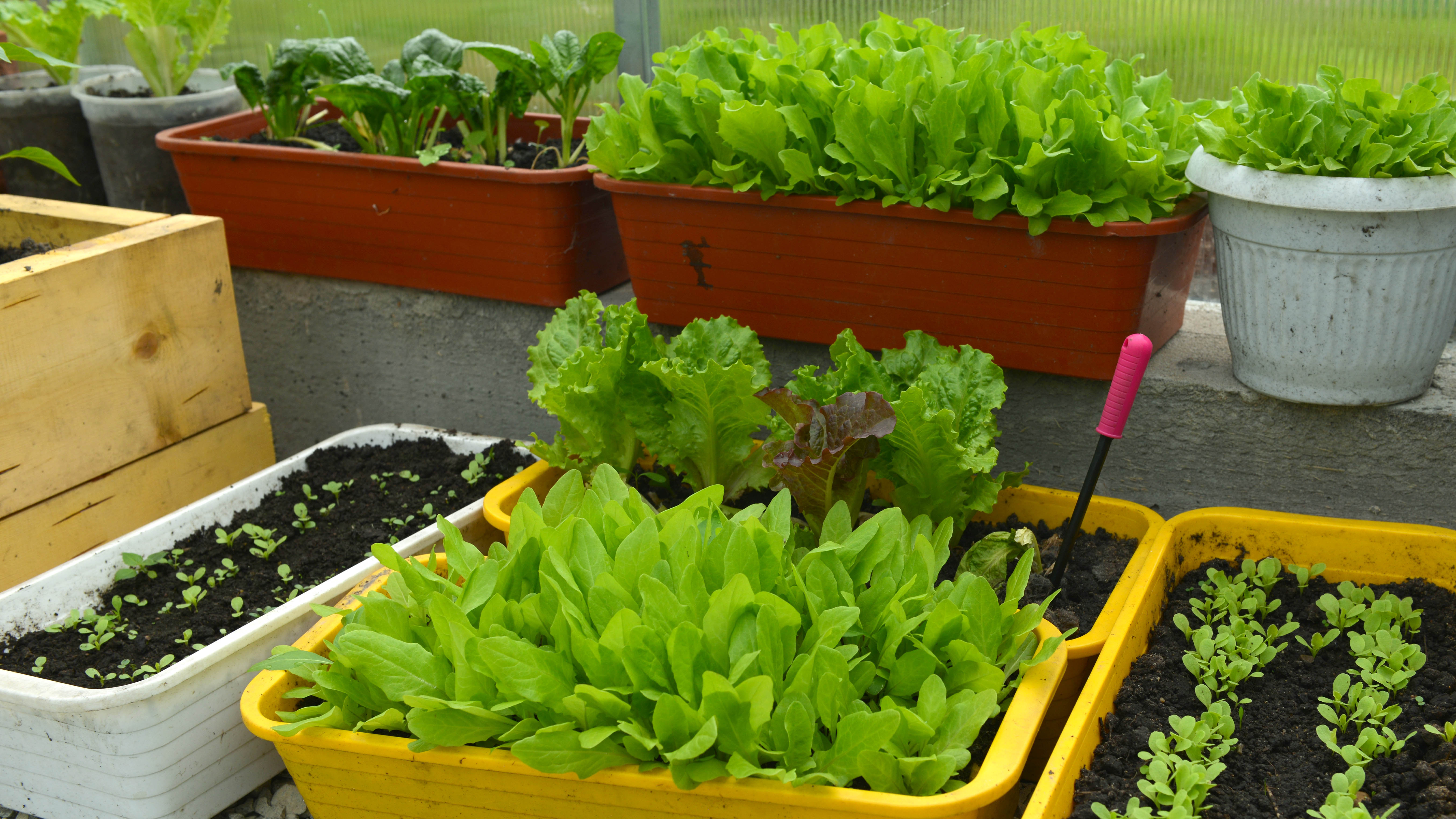
If you enjoy refreshing salads, lettuce is quick-growing with varieties taking at least 30 days to harvest. Simply plant lettuce seeds directly into your containers or seed trays, add fresh compost and water well. The good thing is, you don’t have to wait for lettuce leaves to fully mature, as you can pick off leaves as they grow. Ideally, you’ll want to plant some seeds every two weeks to guarantee a constant supply of fresh lettuce all through the summer. However, lettuce tends to grow better in slightly cooler weather.
4. Kale
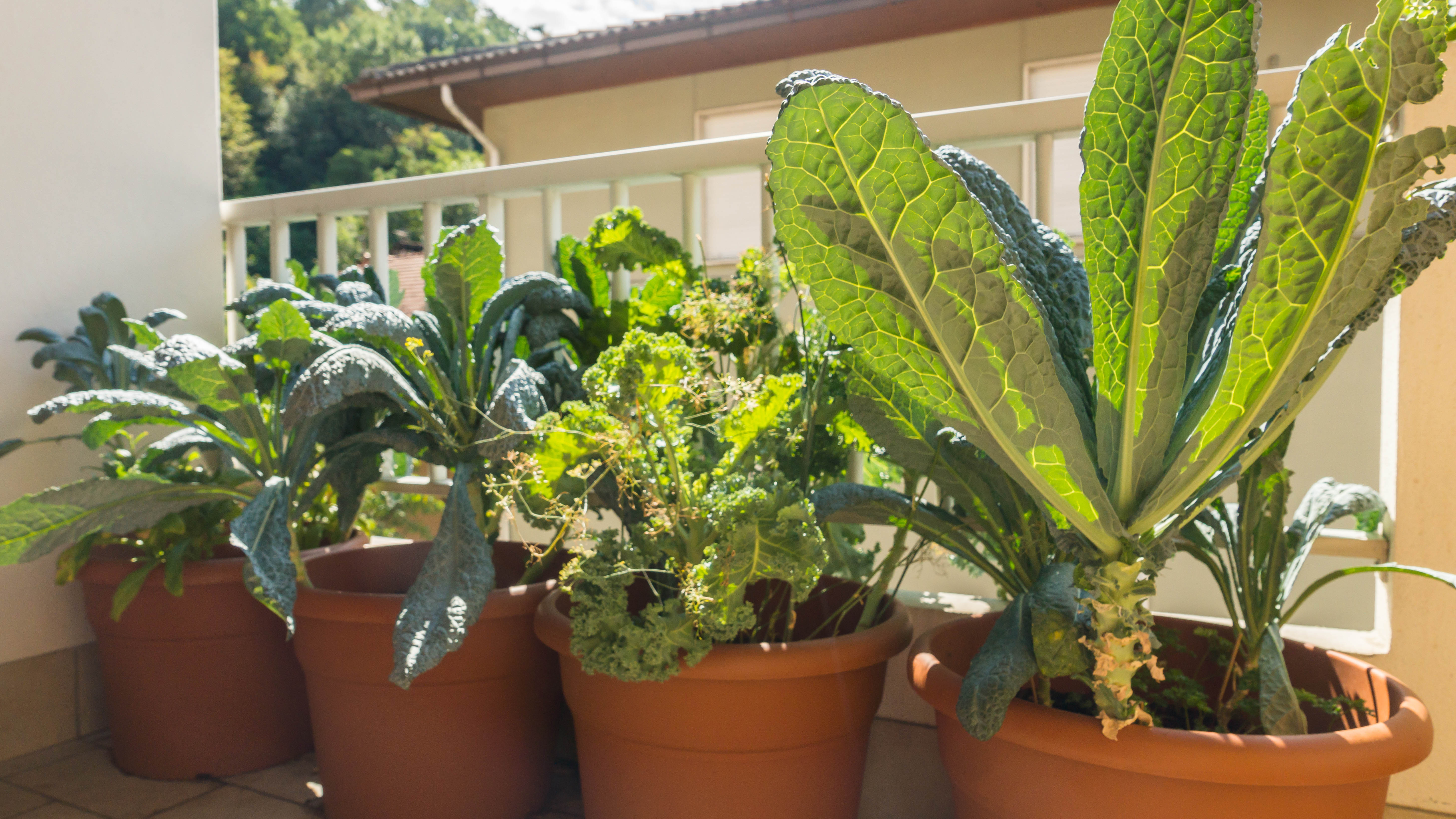
Often used as a nutritious addition to smoothies, salads, pasta dishes and more, kale is easily to grow in pots. Kale thrives in well-lit areas and requires a rich soil, high in organic matter. They also need frequent watering with good drainage to stop the roots from becoming soggy. Typically, kale can grow from seed to harvest in about eight weeks. If you fancy making kale smoothies, you might need one of the best blenders too.
5. Bell peppers
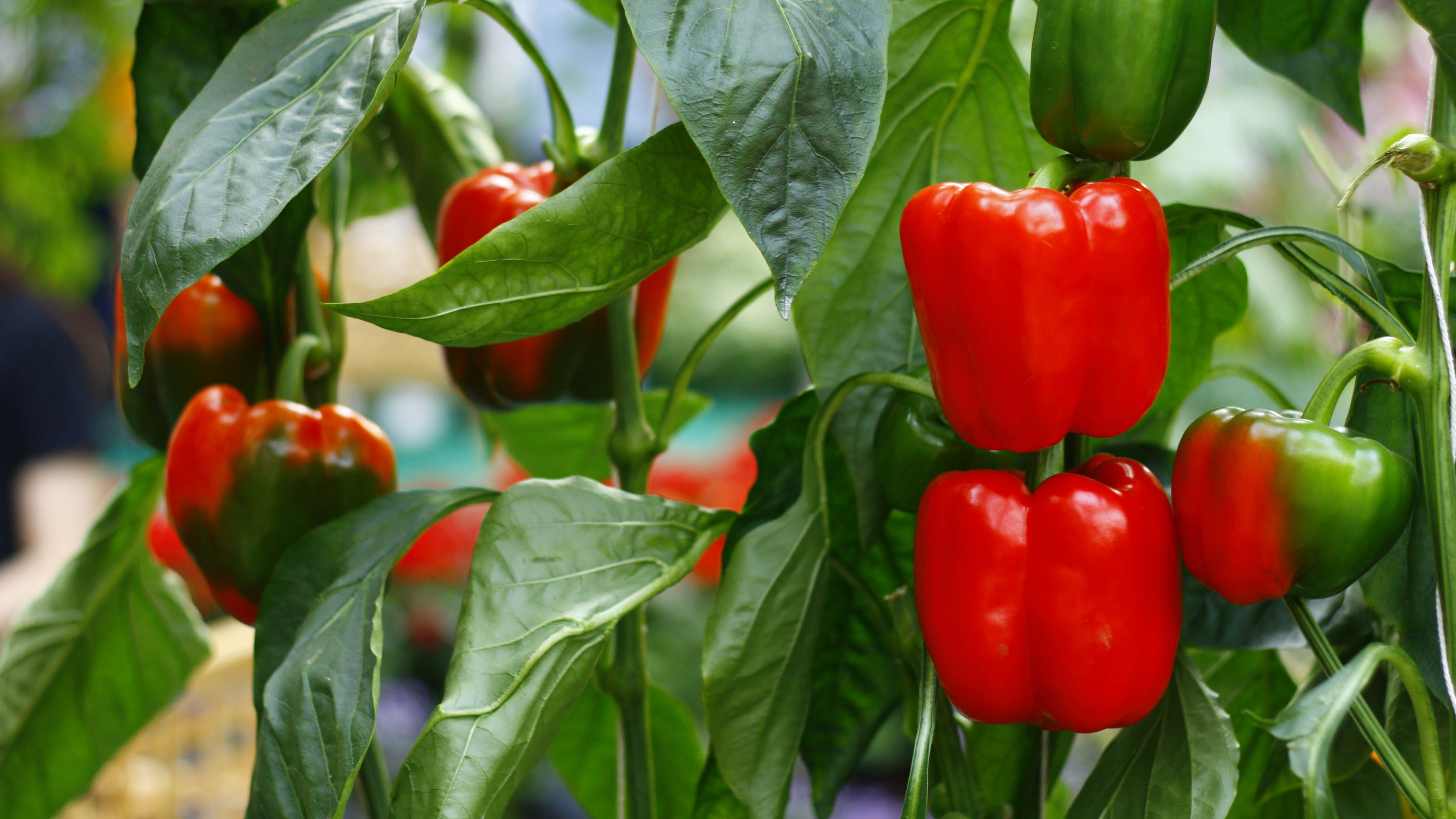
Bell peppers are popular veggies to cook with and can be used for a variety of tasty dishes. While they are easy to grow, they rely on warm temperatures to grow well. Plant bell peppers in containers that are at least 10 to 12 inches deep and wide, with sufficient drainage. Make sure you opt for soil that’s rich in organic matter and allow at least six hours of sunlight daily. Generally, bell peppers can take from 60 to 90 days to grow to full size.
6. Peas
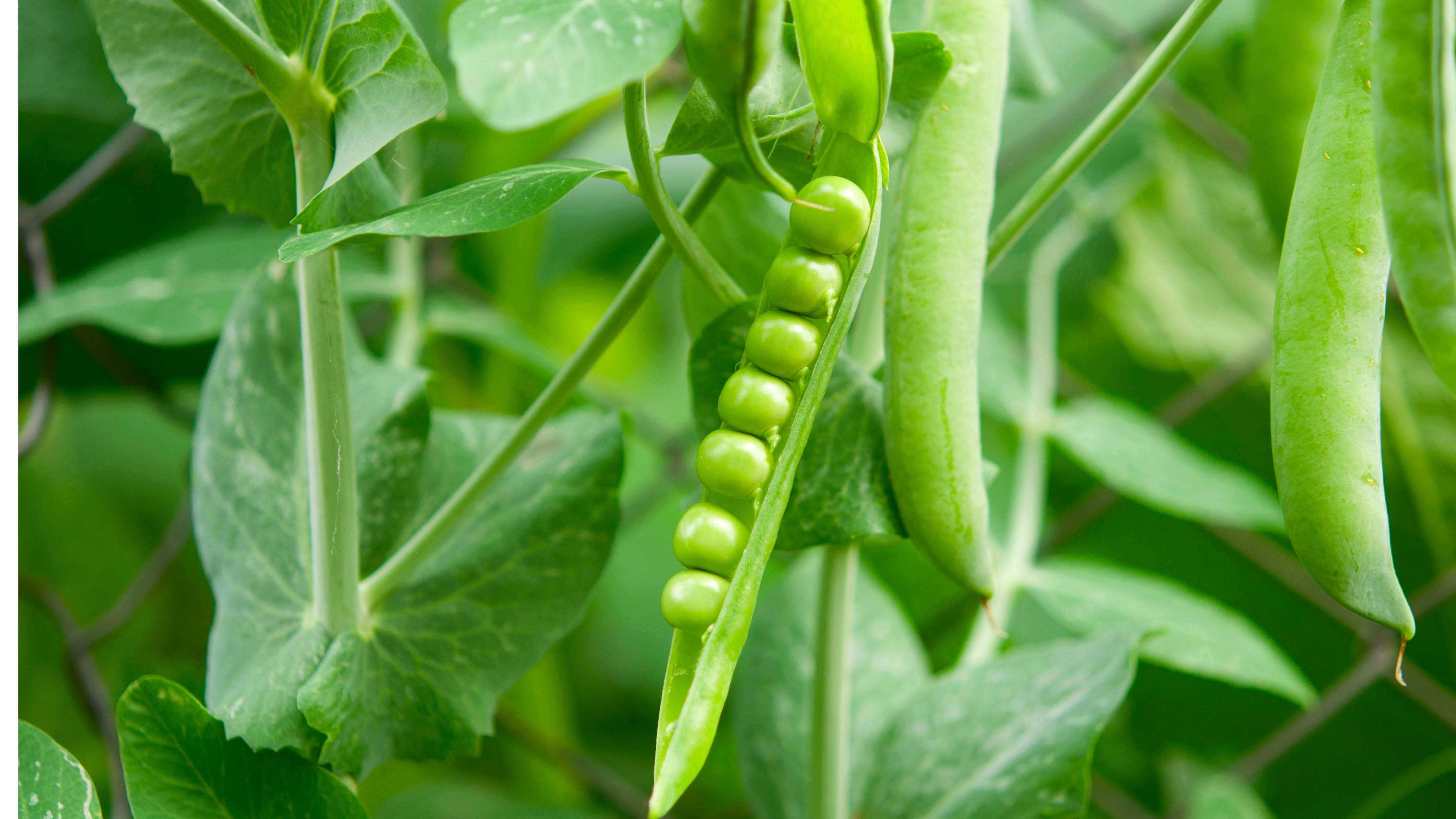
Green peas are another favorite, and can take between 8 to 12 weeks to grow from sowing. You can plant peas directly in the garden or a container at 2 inches deep and 1 to 2 inches apart. It’s best to use soil that is rich in organic material, and water often so the soil won’t dry out. Different types of peas will grow at different rates, but mangetout and sugarsnap varieties are generally the easiest to grow.
7. Green beans
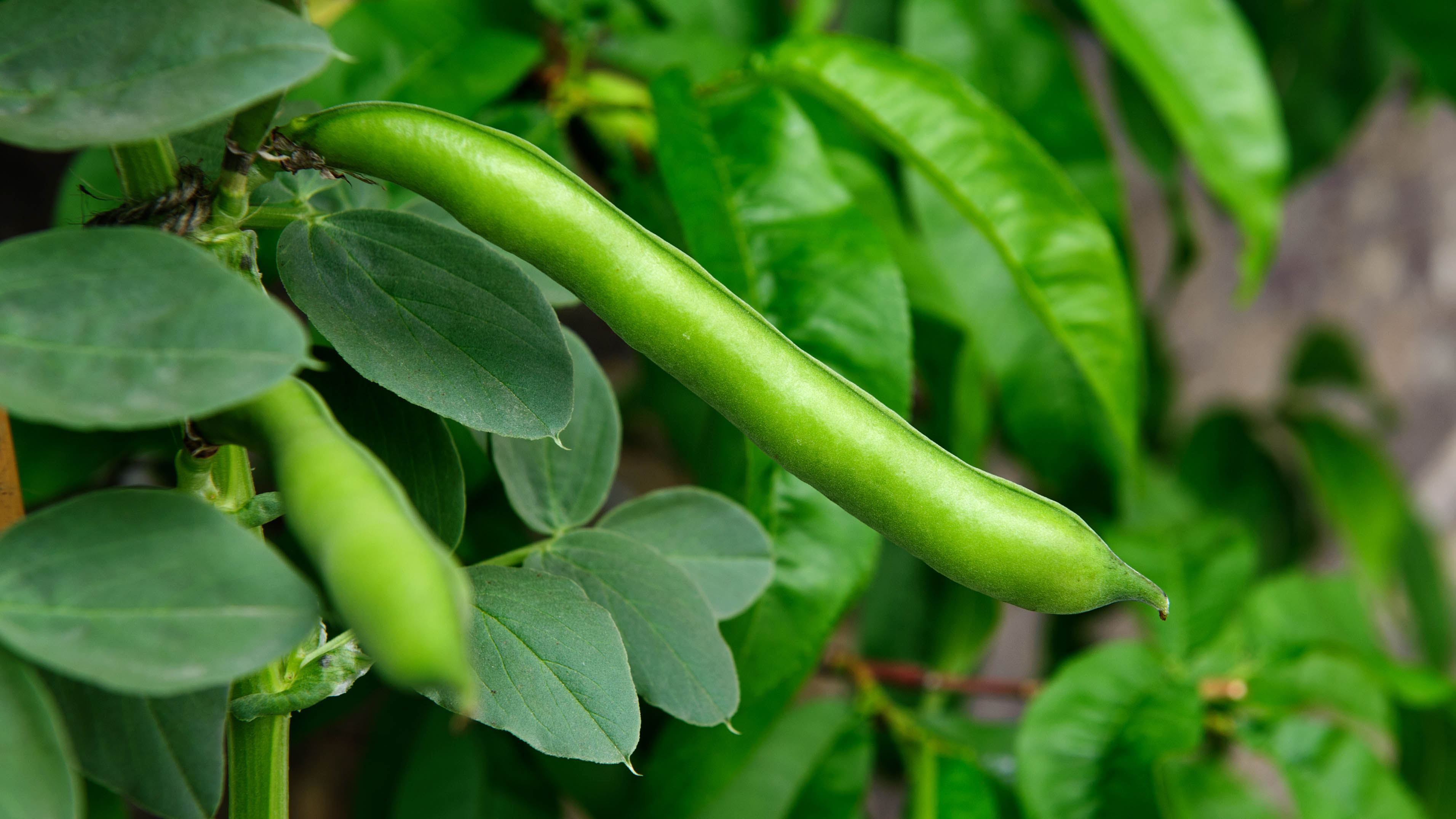
Green beans are simple to grow and require little maintenance. Depending on the variety, most can grow between 12 to 24 inches tall such as bush beans. Pole beans can grow up to eight to ten feet tall but need to be grown up a trellis for best results. Generally, green beans take 11to 12 weeks from seeding. Beans thrive in full sun, but will also produce food when grown in partial shade.
8. Spring onions
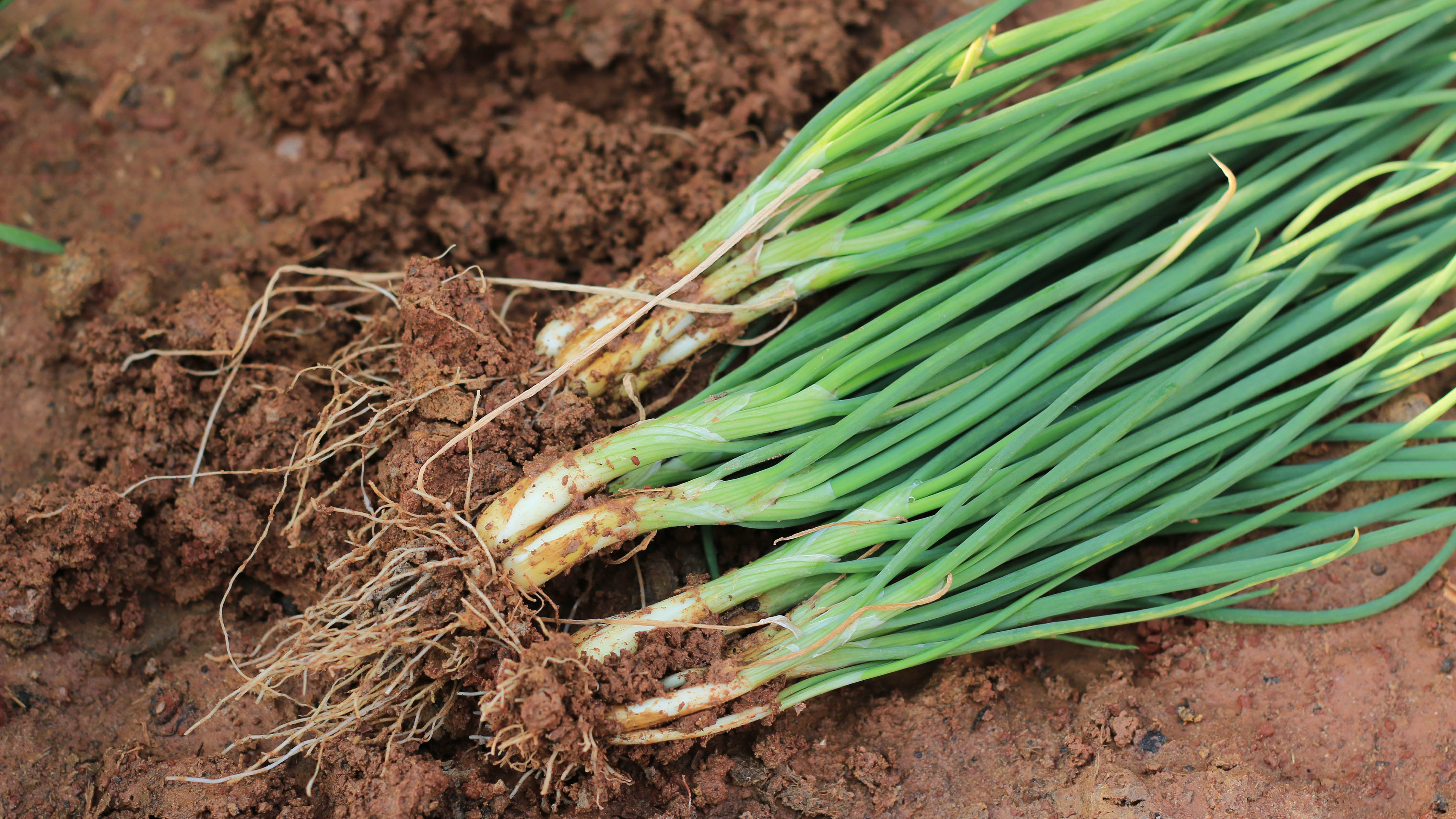
This vegetable can liven up salads and make a tasty addition to meals. You can sow spring onion seeds straight into the ground or in containers. Make sure they are in moist, well-drained soil, and place in a sunny spot to grow in. Spring onions are usually ready to harvest by eight weeks after sowing, where you can gently pull them out of the soil and it’s ready to eat.
9. Beets
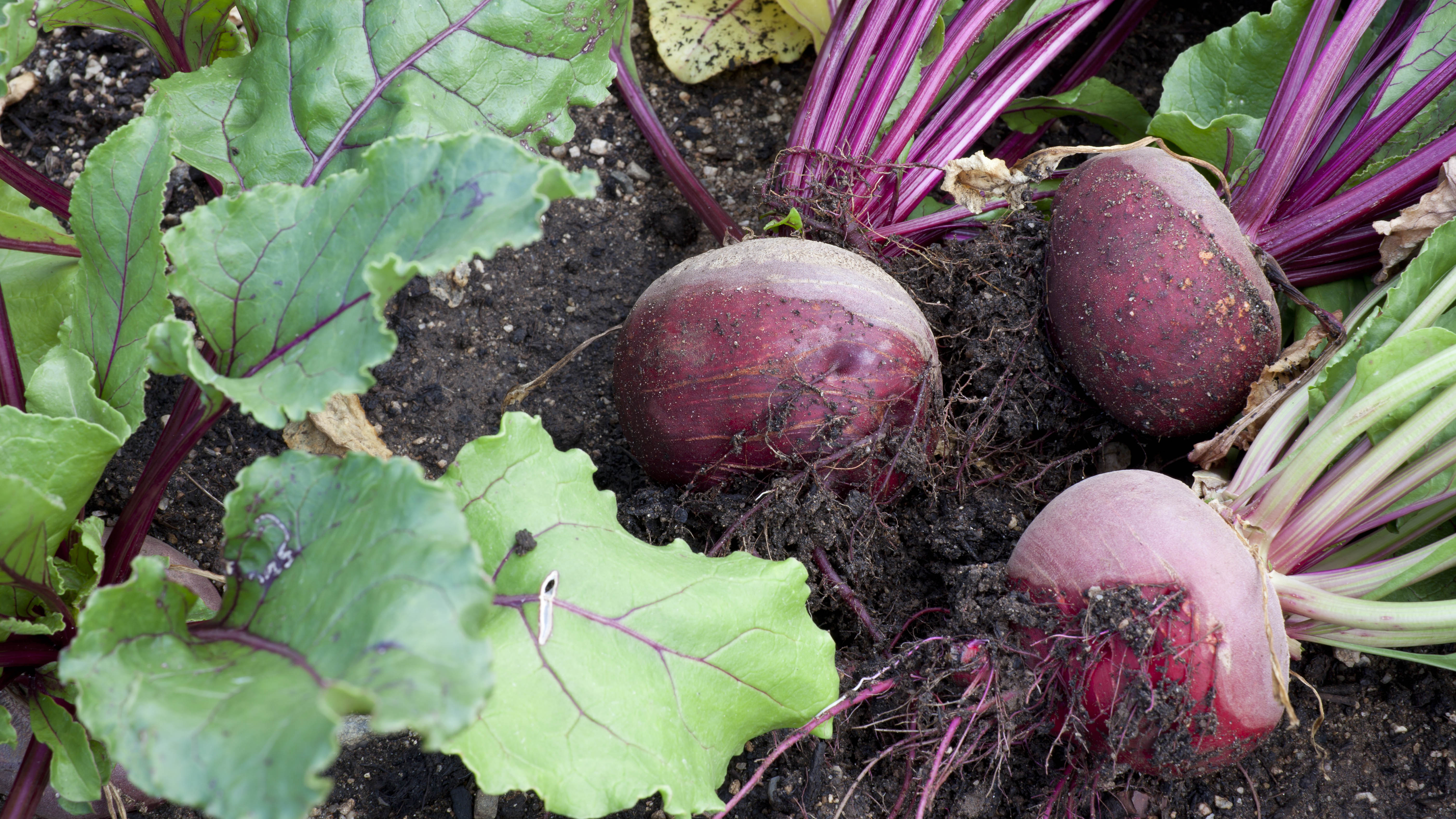
This highly-nutritious vegetable is easy to grow, and can take up little space. Beets are easy to grow from seed and benefit from loose soil. Aim to plant in a sunny location as they require six hours of sunlight a day. Beets are ready for harvesting when the roots are young, tender and the size of a golf ball. Typically, baby beets can take up to seven weeks to grow, while it takes 12 weeks for a full-sized beet.
When do I start planting vegetables?
The best time to start a vegetable garden is between March and May, when the soil begins to warm. You can start sowing certain vegetables inside or in pots before moving outside. Generally, warm-season vegetables grow best during the late spring, summer, and early autumn when the weather is warm. Other vegetables to plant in the spring include cucumbers, eggplant, melons, corn, zucchini and summer squash and pumpkin.
If you’re also interested in indoor plants, check out our guides on how to care for succulents, how to repot succulents and how to plant grass seed and get a greener yard. We also cover how to care for air plants.
If you have favorite plants that are wilting, check out our top tips on how to save a dying plant. Also, be sure to check these 5 plants that can help you sleep better, while you learn how to clean every room of your home for spring-cleaning tips.
For all the latest Technology News Click Here
For the latest news and updates, follow us on Google News.
